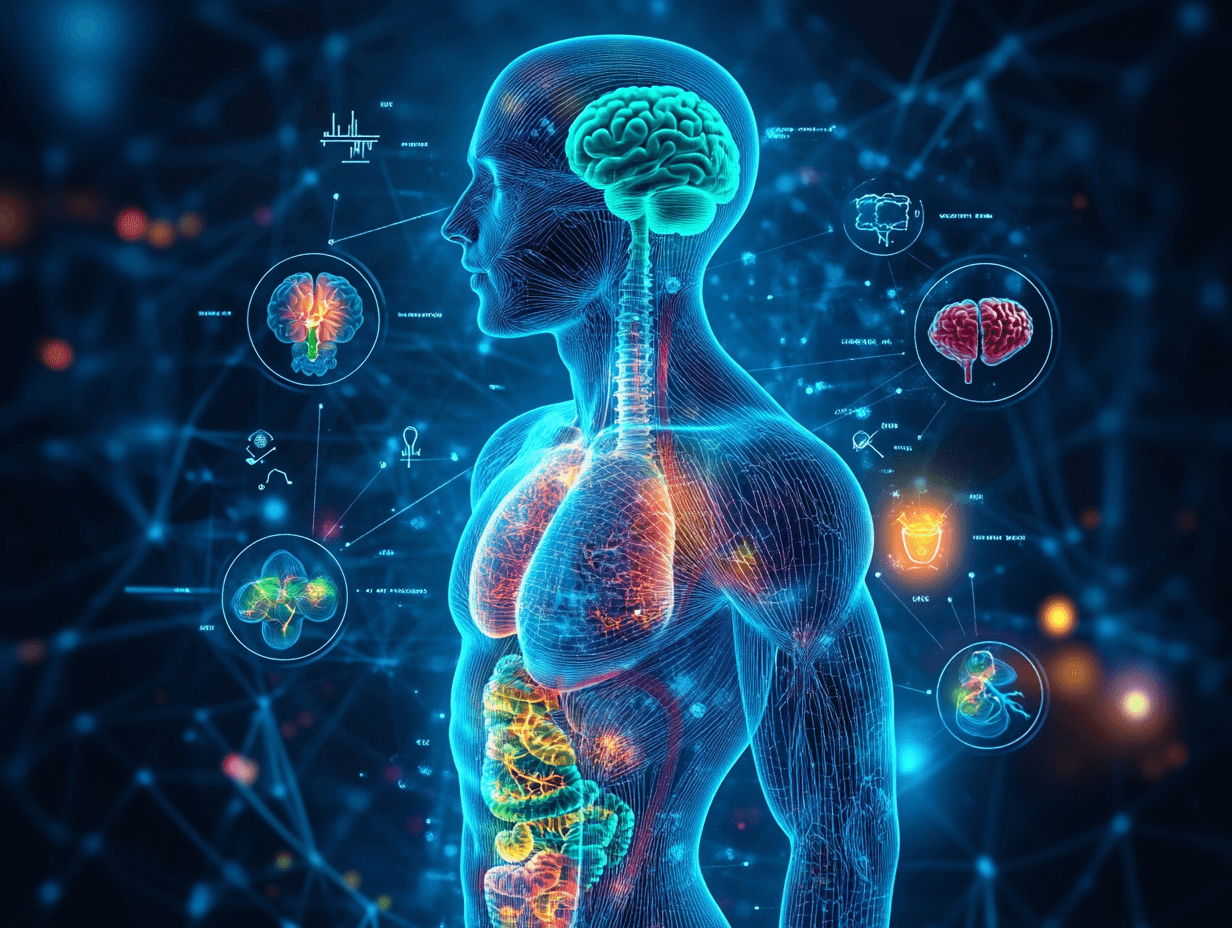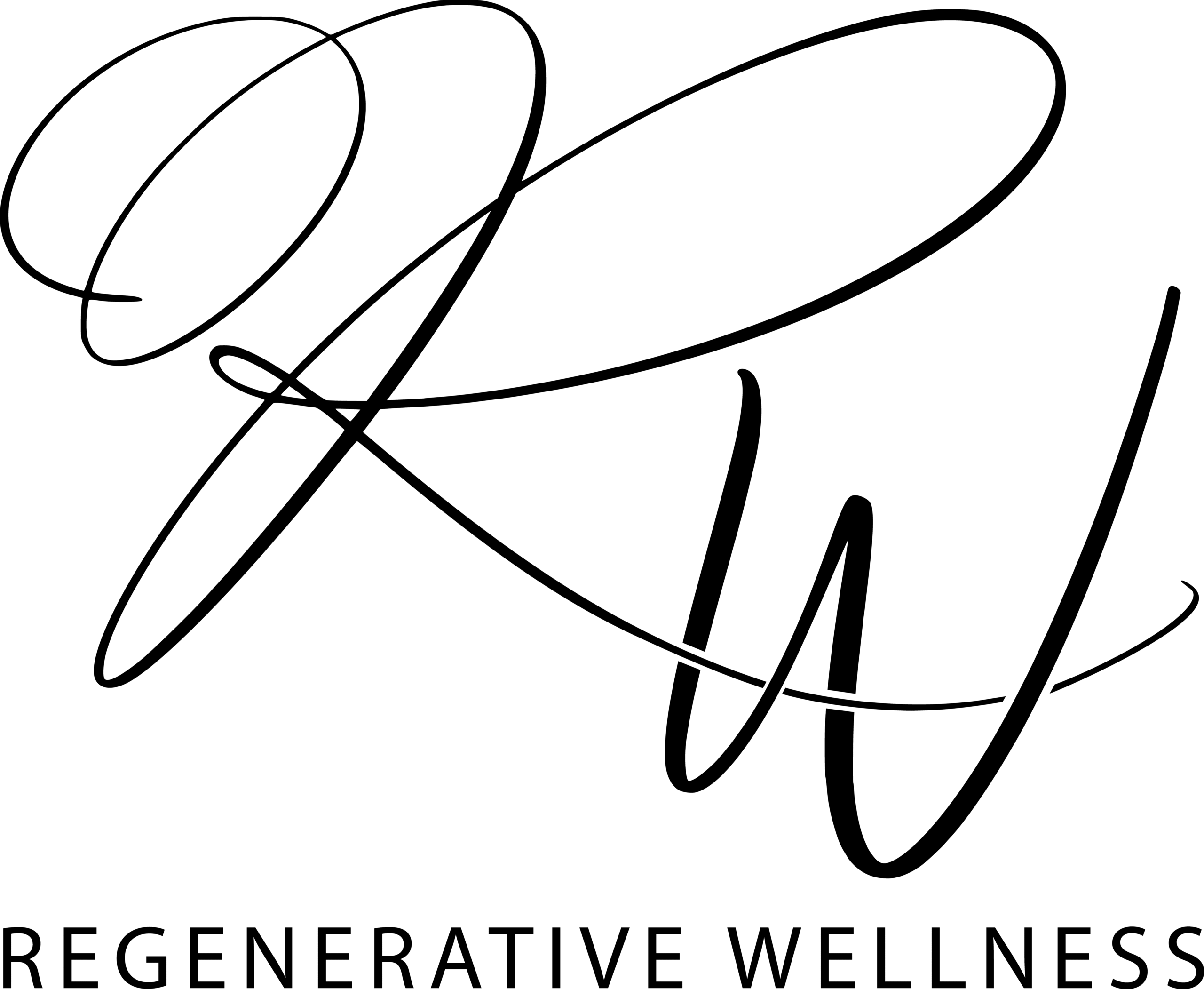
Every day, harmful substances—known as toxins—enter our bodies and interfere with biological systems, often leading to chronic health issues. From environmental pollution to processed foods and personal care products, toxic exposure is nearly unavoidable.
One of the most concerning toxin groups is heavy metals such as mercury, lead, arsenic, and cadmium. These substances can accumulate in vital organs over time, disrupting essential bodily functions and increasing the risk of chronic health conditions. Prioritising a heavy metal detox helps reduce your toxic load and supports the body’s natural ability to restore balance and resilience.
What Are Toxins and Where Do They Come From?
Toxins can be classified into two categories:
- Exogenous Toxins (External): These include air pollutants, pesticides, glyphosate in food, cleaning chemicals, and synthetic additives in skincare products.
- Endogenous Toxins (Internal): These are by-products of metabolism, such as excess hormones, free radicals, and waste products that can become harmful if not eliminated efficiently.
When these toxins aren’t properly cleared, they can place stress on the body’s detox systems and contribute to a range of chronic health challenges over time.
Why Heavy Metal Detox Deserves Special Attention
Heavy metal detox is critical because these metals can accumulate in the brain, liver, kidneys, and bones, often going undetected for years. Their presence is linked to:
- Endocrine disruption
- Neurological symptoms
- Immune suppression
- Gut dysbiosis
- Chronic inflammation
Unlike other toxins, heavy metals are not easily excreted without specific detox strategies. They can linger in the body and interfere with mitochondrial function, energy production, and even DNA repair.
Common Sources of Heavy Metal Exposure
Heavy metal exposure can come from everyday sources we often overlook, making it important to recognise where these toxins may be hiding in your daily routine. These can include:
- Contaminated drinking water (lead, arsenic)
- Seafood (mercury)
- Non-organic produce (cadmium, pesticides)
- Dental fillings (amalgam)
- Industrial air pollution
- Personal care or beauty products containing aluminium or lead
By becoming more aware of these sources, you can take proactive steps to minimise exposure and support your body’s detoxification pathways naturally.
How the Body Identifies and Removes Toxins
The body is a detoxification powerhouse, relying on organs and systems that work together to eliminate harmful substances. Key players in this process include:
- Liver: The body’s primary detox organ, the liver filters toxins from the blood, metabolises them, and packages them for elimination.
- Kidneys: Filter out waste and toxins, excreting them through urine.
- Gut and Digestive System: The intestines bind and eliminate toxins through bowel movements, while the gut microbiome helps break down harmful compounds.
- Skin: The body’s largest organ releases toxins through sweat.
- Lungs: Expel volatile toxins through breathing.
These systems use processes like phase 1 and phase 2 detoxification in the liver, where toxins are first broken down, then transformed into water-soluble compounds that can be excreted. Antioxidants like glutathione help neutralise free radicals, while nutrients like B vitamins, magnesium, and zinc support enzyme function.
The Toxins That Can’t Be Easily Removed
Unfortunately, not all toxins are easily eliminated. Persistent organic pollutants (POPs), heavy metals, and fat-soluble toxins can accumulate in tissues, especially fat stores, the brain, and bones. Over time, these stored toxins can slowly leach into the bloodstream, causing chronic low-grade toxicity.
- Heavy Metals: Mercury, lead, and cadmium can accumulate in the brain, liver, and kidneys, impairing neurological and immune function.
- Plasticisers and Endocrine Disruptors: Compounds like BPA and phthalates mimic hormones, interfering with endocrine signalling and reproductive health.
- Glyphosate and Herbicide Residues: These chemicals can impair gut health and disrupt cellular pathways, contributing to long-term inflammatory conditions.
Signs You May Need a Heavy Metal Detox
Feeling foggy, fatigued, or off balance? These symptoms may be your body’s way of signalling a toxic overload. Some of the signs can include:
- Brain fog or memory problems
- Chronic fatigue
- Mood imbalances or anxiety
- Joint pain or muscle weakness
- Digestive issues and bloating
- Skin breakouts or rashes
- Poor immune response
These symptoms may overlap with other conditions, but if you’re frequently exposed to environmental toxins or processed foods, a heavy metal detox may help restore optimal function.
The Benefits of a Low-Carb Diet and Eliminating Processed Foods
One of the most effective ways to reduce toxin exposure and support detoxification is through dietary choices. A low-carb diet that eliminates processed foods can have profound benefits:
- Reduced Inflammation: Processed foods are often loaded with refined sugars, artificial additives, and inflammatory oils. Cutting these out reduces systemic inflammation, which supports detox pathways.
- Improved Blood Sugar Regulation: High-carb, processed foods spike blood sugar and insulin, leading to metabolic dysfunction. A low-carb diet stabilises blood sugar and reduces insulin resistance, allowing for better detoxification.
- Enhanced Liver Function: The liver is the body’s primary detox organ. A nutrient-dense, whole-food diet supports liver function and bile production, which aids in toxin removal.
- Balanced Gut Microbiome: Processed foods promote harmful gut bacteria, while whole foods support beneficial microbes, improving digestion and detoxification.
Toxins in Plant Foods Due to Agricultural Practices and Storage Methods
While plant foods can offer some nutritional benefits, modern farming, storage, and processing methods often introduce toxins that may negatively impact overall wellness:
- Pesticides and Herbicides: Many crops are sprayed with chemicals like glyphosate, which disrupt gut health, impair liver detoxification, and contribute to chronic inflammation.
- Mycotoxins: These are toxic compounds produced by mould that can develop on improperly stored grains, nuts, and legumes. Mycotoxins can cause immune suppression, gut issues, and neurological problems.
- Heavy Metal Contamination: Some plant foods, especially rice and leafy greens, can accumulate heavy metals like arsenic and cadmium from soil and water contamination.
- Plastic Residues and Storage Toxins: Many packaged plant foods are stored in plastic, which can leach endocrine-disrupting chemicals like BPA and phthalates into the food.
It’s important to be mindful of the hidden toxins plant-based foods may carry. Supporting regenerative farming practices and getting to know your local farmers can help ensure cleaner, more nutrient-rich produce with fewer chemical exposures. Combine this with mindful food storage and regular detox support to reduce your toxic load and protect your long-term wellbeing.
Supporting the Body’s Detoxification Systems
While we can’t avoid toxins entirely, we can enhance the body’s ability to cope with them through lifestyle and dietary choices:
- Nutrition: Eating organic, nutrient-dense foods rich in antioxidants, fibre, and sulphur-containing compounds (like garlic and cruciferous vegetables) can support liver detox pathways.
- Hydration: Drinking clean, filtered water helps flush toxins through the kidneys.
- Sweating and Movement: Exercise and sauna therapy promote sweat-induced detoxification.
- Gut Health: Supporting a healthy microbiome with fermented foods and prebiotics aids digestion and toxin elimination.
- Chelation and Binders: In cases of heavy metal toxicity, specific protocols using chelators (like EDTA) or natural binders (like activated charcoal and bentonite clay) can help draw out stubborn toxins.
Final Thoughts: Empowering Your Detox Journey
You can’t avoid all toxins, but you can take action to reduce your exposure and support your body’s natural detoxification systems. A well-rounded approach—focused on nutrition, hydration, movement, and mindful living—can make a profound difference.
Prioritising heavy metal detox is one of the most impactful ways to protect your long-term health, increase vitality, and prevent chronic disease. With the right tools and awareness, you can take control of your health in a toxic world.



